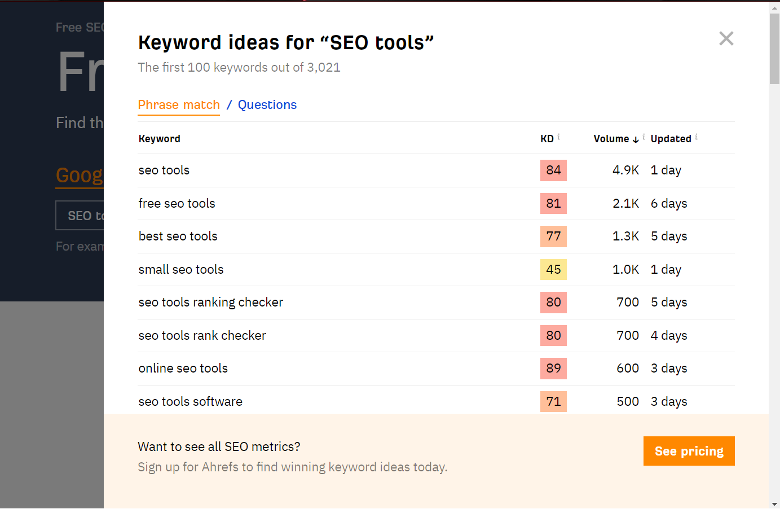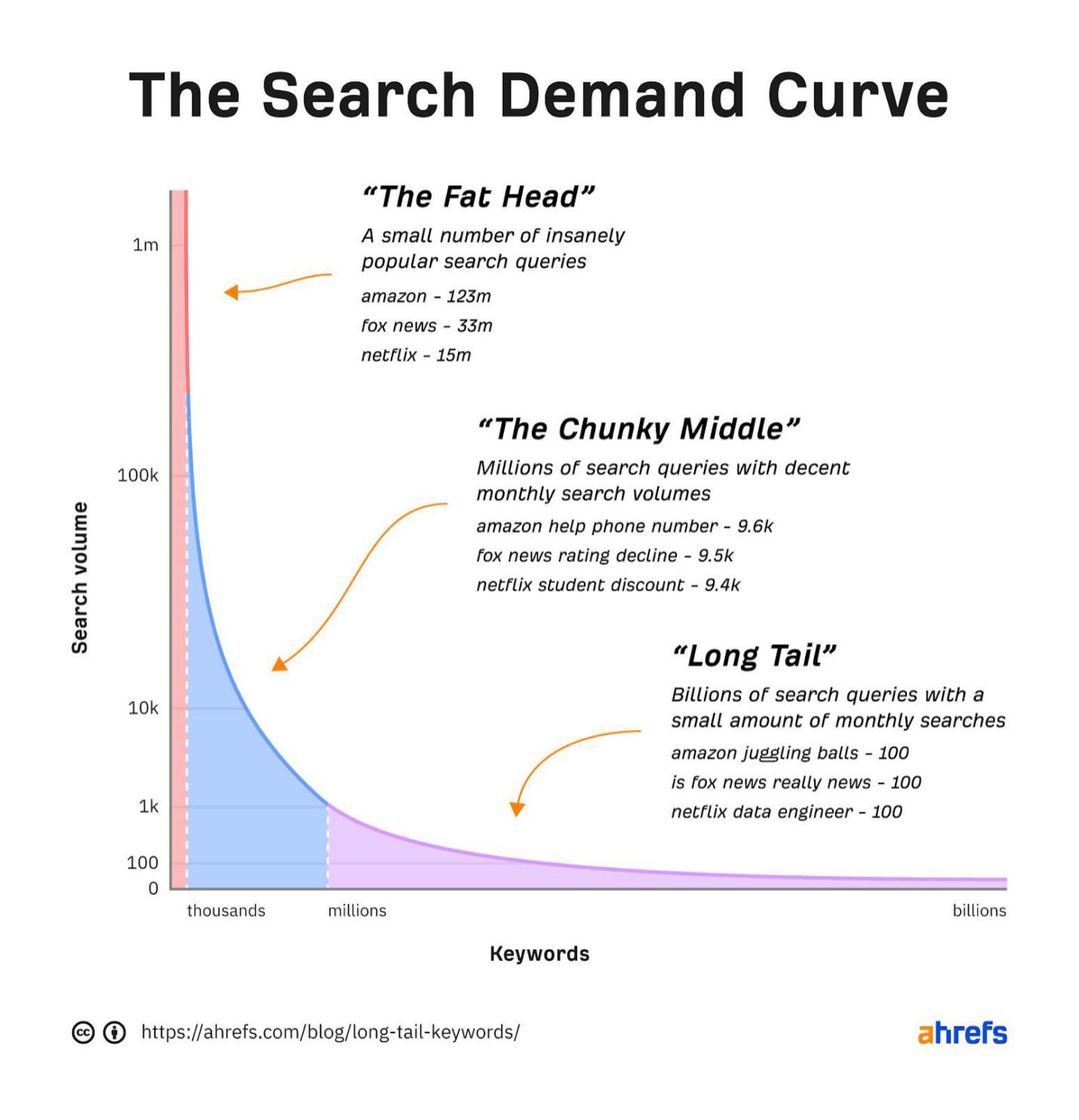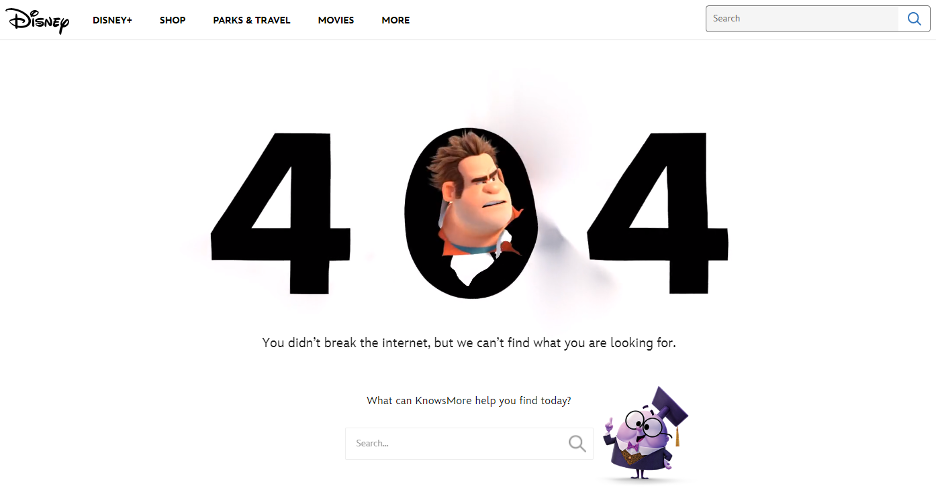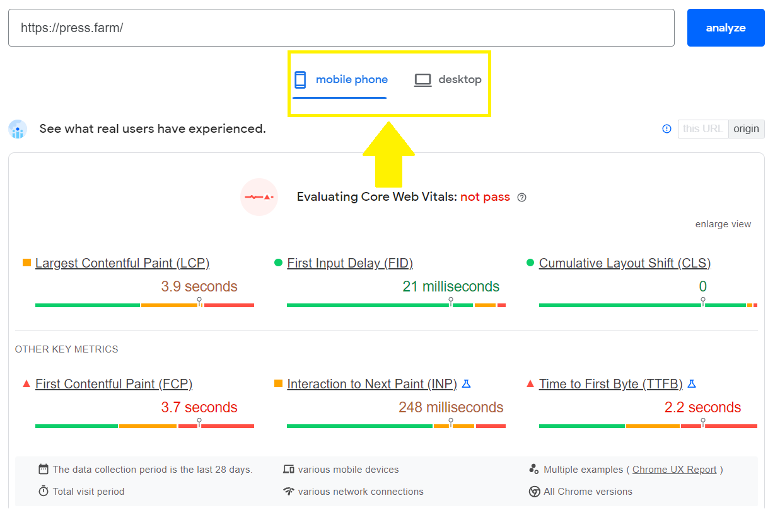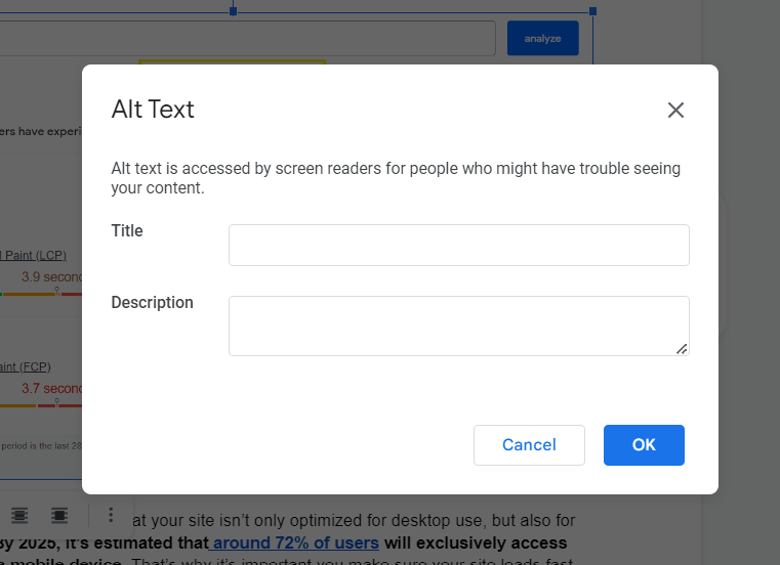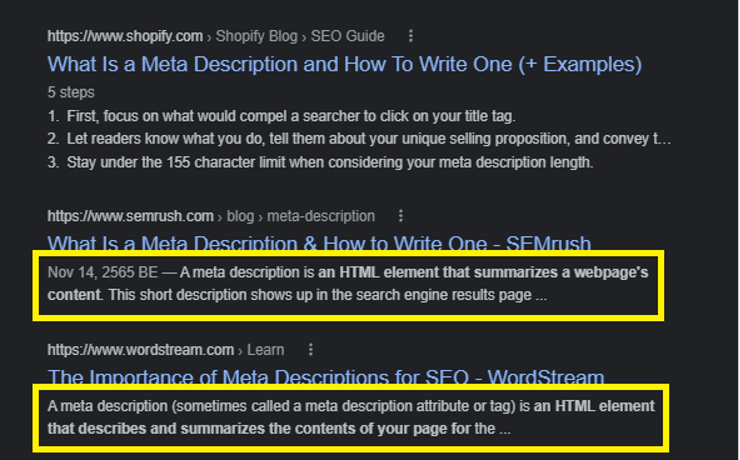Search engine optimization (SEO) is the process of improving the visibility and ranking of a website or a web page in search engine results pages (SERPs). There are various SEO techniques that can be used to improve your website’s ranking, but not all of them are effective or efficient.
In this article, we will discuss 9 simple and efficient SEO hacks that can help you improve your rankings. By implementing these strategies, you will be able to improve your website’s visibility and attract more visitors to your site. Additionally, it will help you to boost your online presence and increase your business revenue.
By following these SEO hacks, you can easily improve your website’s ranking and drive more traffic to your site.
Efficient Hacks to Improve your SEO
1. Use Keywords Correctly
Keywords, or index terms, are words or phrases that encapsulate the intent of an article or web page.
Chances are, if you’re searching for SEO hacks, you might already know what a keyword is. But there are some important ground rules to remember when choosing keywords.
Firstly, finding keywords can be a bit of a hassle, especially if you’re not sure which keywords to use. To figure out which keywords you need to focus on, you must first understand the intent of the content you are creating.
Once you are sure of the intent, there are plenty of ways to find keywords. The easiest way is to use a keyword generator. These keyword generators are simple to use, just add a word or phrase related to your niche, and it’ll offer plenty of keywords, possibly with search volume and difficulty rankings.
Ahrefs has an excellent, free keyword generator.
Image via Ahrefs
Once you’ve settled on a primary keyword, you need to use it correctly.
The keyword should be in your title, within the first 100 words of your introduction, as well as the last 100 words of your article.
You can also add the primary keyword within the content, at least once every 1000 words.
2. Don’t Forget Long-Tail Keywords
An often overlooked hack for improving your overall SEO is using long-tail keywords.
Long-tail keywords are keywords with a much lower search volume and difficulty ranking. These terms are often longer and more targeted than short-tail keywords.
Image via Ahrefs
An example of a long-tail keyword would be “blue men’s running shoes”, versus a short-tail keyword like “shoes”.
You might be wondering,“ why would I use long-tail keywords if they have a lower search volume?”
In the case of long-tail keywords, having a lower search volume also comes with a lower keyword difficulty, which means it’s easier to rank higher in search engines.
Long-tail keywords, being more specific, might also help you win featured snippets easier, as well as improve your rankings in local SEO.
3. Fix 404 Errors
“Leave nothing for tomorrow which can be done today.” (Source)
404 error pages are dead pages that have a server response, but the content requested can not be found.
These dead pages could not only lose you valuable users, but a site with plenty of 404 errors could lead to a massive drop in your SERPs.
If you are worried that your website might have a lot of dead pages, don’t worry, it’s easy to find these 404 errors.
On your Google Search Console Coverage Report, you’ll find a list of URL’s that were crawled by Google’s web crawler and returned a 404 error.
To fix these pages, you could either redirect them, create a custom 404 error page that is helpful for users, or simply remove the page completely.
Disney’s 404 error page is an example of an excellent 404 error page that still engages with the user, offering users a search bar to possibly find what they were looking for.
The biggest reason to make sure your 404 error pages are optimized or redirected is your retention rate. If users end up on a 404 page, they’ll simply click away and find another website.
79% of users, who aren’t happy with a website’s performance, said that they won’t purchase a product from the site. This will directly affect your site’s traffic, conversion rate, and ranking.
4. Create Unique Content for Your Blogs
One of the easiest ways to improve your overall SEO, is to create unique content for your blog posts and web pages. This includes infographics, videos, pictures, and other media.
Usually, when using content from another website, you’ll need to provide a link back to that website. There’s nothing wrong with adding some outbound links to your article, but what you really want is websites linking back to your website.
What’s the easiest way to do that? Create content other websites want to use.
Creating attractive infographics is one of the most efficient ways to get backlinks. This works really well when you’re creating a blog, and can’t seem to find any great infographics for a particular topic.
Chances are, other users are searching for it too, and you can capitalize on that by creating one.
You can also upload these infographics onto sites like visme.co, canva.com or any other great tool, where users go to find infographics. If a user requests to use your infographic, you can ask for a do-follow link back to your page where the infographic is from.
5. Make Sure Your Pages are Loading as Fast as Possible
After the Google Algorithm Speed update, slow-loading pages have been penalized. Page speed is a ranking factor, but did you know that 53% of mobile users will leave a page if it loads longer than 3 seconds?
To check your page speed, you can use Google’s Page Speed Insights.
Here you’ll be able to make sure that your site isn’t only optimized for desktop use, but also for mobile devices. By 2025, it’s estimated that around 72% of users will exclusively access the internet via a mobile device. That’s why it’s important you make sure your site loads fast on mobile devices.
6. Keep Your Website Updated
There are two updates you should be keeping up with. Firstly, you need to make sure your site is aligned with Google’s most recent updates. Google is constantly updating the algorithm of its web crawlers, which directly affects your SERPs.
To make sure your content is search engine optimized, you need to stay ahead of the curb. In August 2022, Google updated its algorithm, as well as guidelines, to help battle the rise of “repetitive, unoriginal” content that seems to be taking over the internet.
Essentially, Google is emphasizing original content, that offers a unique, personal view, that will offer users actual useful content. These updates wreaked havoc on plenty of sites, with a large chunk of websites losing a lot of traffic in the months since.
AI-generated content has also been targeted by Google.
Google offers plenty of advice on how to create content that fits with their algorithm, and you should make sure your website adheres to these rules and updates.
Secondly, you need to update content regularly to make sure you offer information that is relevant. For example, if you write about social media, you might need to update an old article that is now irrelevant, due to an update.
Users will quickly leave a page if the information offered is old and outdated.
7. Don’t forget the importance of Alt text
Whether ALT text is indeed a ranking factor has been debated for a long time, but it’s better to be safe than sorry.
Alt text is an HTML attribute added to images on a website. Alt text will usually be seen if an image can not be loaded, which will help users be able to understand what the image is about, without actually loading the image. Not only to images, you will also need to add an alt text to your custom logo and other visual elements.
How does it affect SEO?
Web crawlers do indeed crawl images, looking for alt text to understand what the image is about. Google has included this in their Search Engine Optimization Starter Guide.
8. Optimize your Meta Descriptions
Meta descriptions are tags that tell users in a short sentence or two what the page is about. Although it’s there to help users quickly decide whether they want to open the page or not, meta descriptions also affect your SEO.
Most experts will agree that although meta descriptions don’t directly affect your SEO, they do affect your click-through rate, which in turn will affect your SEO.
Meta descriptions should convince the users to click the page. Try including the keyword, and use some type of call to action, to get users interested in the content. Don’t be vague. Be precise, tell users what to expect, and why they should read your article and not another website.
9. Use Guest Posts to Leverage Authority
Writing guest posts is an off-page SEO technique that’s often overlooked. Guest posts are a great way to address E.A.T. (expertise, authority, and trustworthiness).
Your rankings aren’t just affected by the quality of your content, although important, but also by your website’s authority rank. Increasing your authority can take a long time. Authority is determined by many factors, including content quality, social signals, and high-quality backlinks.
One way to get high-quality backlinks is through guest posts.
When writing guest posts, you’ll need to negotiate the terms beforehand. Ideally, you’ll want to be able to add at least one do-follow backlink to your website. Do-follow links are crawled, whereas a no-follow link isn’t indexed.
By having websites link back to your website, search engines will be able to identify that your content is high-quality, and adds value for other users.
Start Upping Your SEO Game Today
Following these 9 simple and efficient hacks will help you increase your SEO in no time. Remember, especially with the recent Google updates, that nothing trumps quality content. This means original content that satisfies user intent, with original content like infographics, screenshots, videos and other media.


